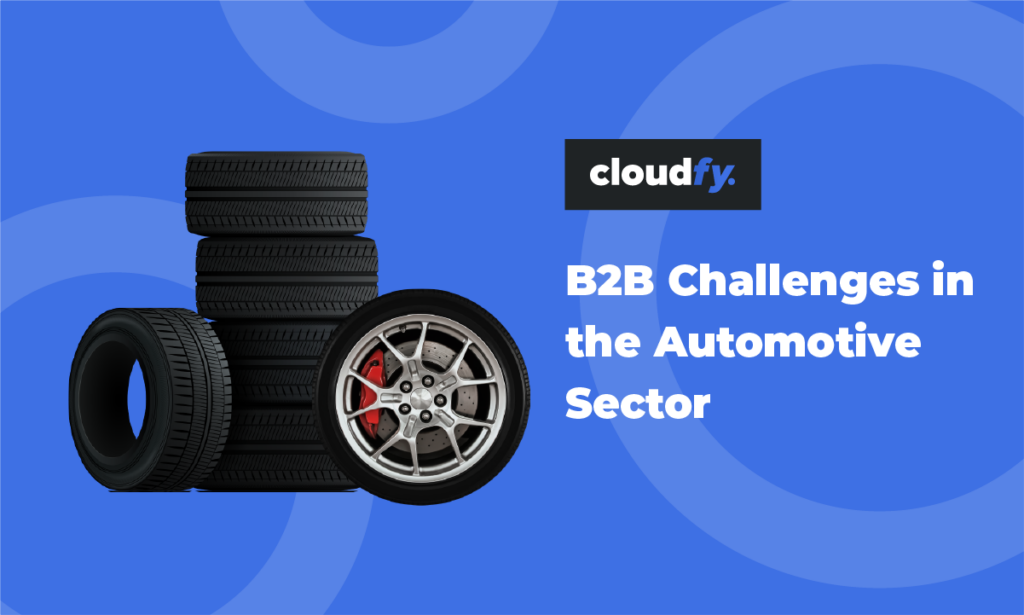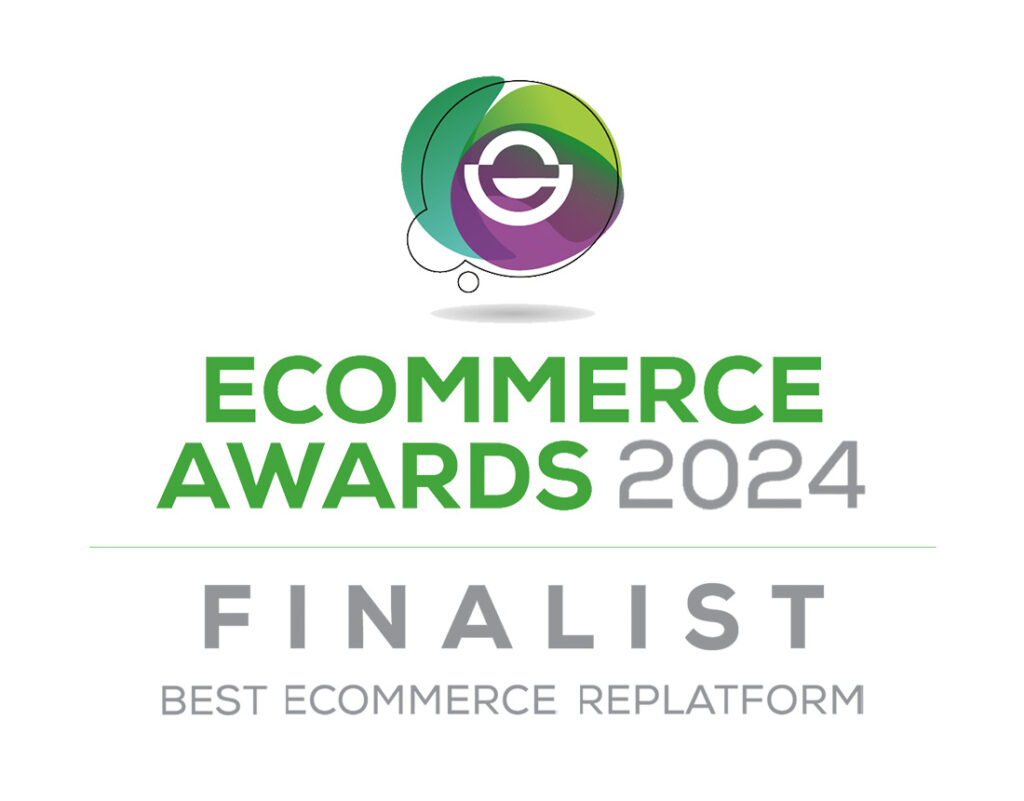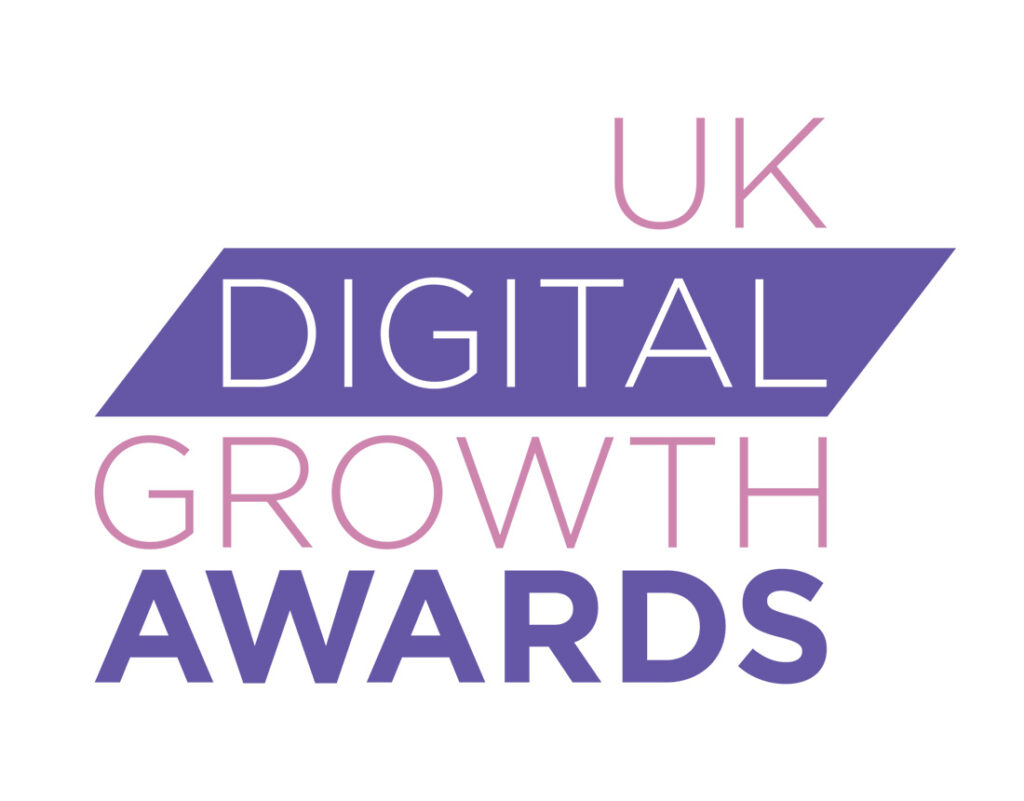The FMCG and Food sectors are under increasing pressure to modernise the way they sell to trade customers. With growing demand for faster ordering, personalised pricing, real-time stock information, and mobile-first experiences, traditional B2B sales channels are being reshaped — and businesses need ecommerce platforms that can keep up.
At Cloudfy, we recognise these evolving needs. That’s why we’re investing heavily in new features designed specifically for the FMCG and Food B2B sectors — helping brands, wholesalers and distributors offer better buying experiences, drive efficiencies, and stay competitive.
To find out more, we spoke to Ian Brown (Job Title), who shares insight into the next generation of Cloudfy features tailored to the unique demands of the FMCG and Food industries.
Understanding the Unique Challenges of FMCG and Food B2B Ecommerce
To set the context, we asked Rob Williams, CEO at Cloudfy about the specific challenges FMCG and Food B2B businesses face — both in the day-to-day running of their operations and specifically in managing their online sales channels.
Q: What sort of specific challenges do FMCG and Food B2B businesses face in the everyday running of their businesses, and particularly their online operations?
“There’s a lot going on behind the scenes in FMCG and Food B2B — it’s fast-moving, complex, and everything has to run like clockwork. You’re dealing with huge product ranges, seasonal lines, short shelf lives… and buyers who want things quickly and accurately every time.”
“Speed is non-negotiable. Customers expect to reorder in seconds, not minutes — and they want their own pricing, their own delivery terms, the whole lot. So your ecommerce platform needs to keep up with that — and that means proper integration with your ERP, stock systems, logistics — all of it.”
“If that’s not in place, businesses end up with errors, delays, and unhappy customers. And in a sector as competitive as this one, that can really hurt.”
Q: What are some of the core ways Cloudfy already supports the unique needs of FMCG and Food B2B businesses?
“Before we talk about what’s coming next, it’s important to say that we’ve already built a platform that works incredibly well for FMCG and Food B2B. A lot of the sector-specific complexity — things like contract pricing, bulk reordering, live stock levels — we’ve been solving that for years.”
“For example, fast ordering is a huge priority in this space. Our platform already supports things like quick order forms, saved favourites, standing orders — all designed to help trade customers get repeat purchases done in just a few clicks, whether they’re at their desk or out on the road.”
“We also know how critical real-time stock and pricing data is for businesses handling perishables. So Cloudfy has strong tools in place that show live inventory, support personalised pricing, and provide clear messaging around stock availability. That transparency builds trust — and it helps customers make better, faster decisions.”
“Mobile’s another key area. Field sales teams and buyers need to place orders anywhere, anytime — so we’ve made sure Cloudfy is fully mobile-optimised, with tools to support barcode scanning, account access, and simple reordering on the go.”
“And finally, fulfilment flexibility is essential. We’ve built features that let customers choose delivery slots, ship to multiple locations, and see estimated delivery windows in real time. These tools are vital when timing is everything — especially with short shelf-life products.”
“So in short, we’ve got a really strong foundation already in place. The new features we’re building now are designed to take all of that further — adding even more flexibility, more customisation, and more ways to help FMCG and Food businesses grow.”
Q: Can you share some of the key new features designed to make online operations smoother for FMCG and Food B2Bs?
“At Cloudfy, everything we build is about helping our customers do two things: grow their business, and run it more efficiently. For us, that means making online operations as smooth and seamless as possible — especially in complex sectors like FMCG and Food B2B.
A big part of that comes down to integration. Yes, we’ve got out-of-the-box connectors for all the major ERP systems — SAP, Oracle, Microsoft Dynamics, and others — but where we really add value is in the custom work. That’s where we can deeply connect Cloudfy to each client’s exact setup, providing real-time pricing, stock levels and product data. When buyers have accurate information at their fingertips, it massively improves order accuracy and reduces the admin load on internal teams.
We’ve also spent years fine-tuning the B2B user experience. Since 2015, we’ve supported a huge number of businesses across different industries — processing millions of transactions. That means we’ve been able to learn, iterate, and really optimise how people interact with the platform. Features like saved order templates, Excel uploads, and support for large baskets — they’re not nice-to-haves, they’re must-haves in this space. And of course, we build for speed and performance, consistently hitting near 100% scores on Google Lighthouse.
Looking ahead, we’ve got some very exciting developments in the pipeline. One that really stands out is our new Headless capability. This feature gives our clients total flexibility to create fully customised front ends or seamlessly integrate Cloudfy into existing websites—letting businesses deliver exactly the customer experience they want, backed by Cloudfy’s powerful infrastructure.
Our upcoming Marketplace module is an exciting new addition—enabling suppliers to easily upload their own products directly onto your B2B website. Suppliers can then independently manage orders, track performance metrics, and sell directly to your customers, streamlining your operations and creating fresh opportunities for growth.
Our Promotions module now includes a powerful ‘Buy One Get One Free’ (BOGOF) functionality, allowing customers to easily create and manage attractive BOGOF offers across their entire product range—perfect for boosting sales and customer engagement.
Our new Smarter Supplier Lead Times feature has been developed specifically for a food-sector business handling made-to-order chilled products, but its value extends across industries with time-sensitive or supplier-dependent fulfilment.
This new module allows you to set supplier-specific lead times that override the standard delivery settings. For example, if a perishable product from a specific supplier is added to the basket, the system can automatically apply a 10am order cutoff instead of the usual 4pm — ensuring products can be produced and delivered the next day. You can also adjust weekend lead times for products that aren’t prepared over weekends.
This level of control helps businesses manage customer expectations more accurately, avoid fulfilment errors, and ensure fresher, more reliable deliveries — especially for short shelf-life goods.
Q: How do these new features help FMCG and Food B2B businesses future-proof their operations as ecommerce continues to evolve?
“These new features directly address the key trends we see shaping the future of B2B ecommerce. The Headless capability provides businesses with ultimate flexibility, enabling them to adapt quickly as customer expectations evolve—without rebuilding their whole platform. The Marketplace module opens up entirely new business opportunities, making it easier to diversify offerings and scale rapidly.
At the same time, the enhanced Promotions module with ‘Buy One Get One Free’ functionality helps businesses drive sales and boost customer engagement, which is increasingly critical in competitive markets. Lastly, features like transparent Supplier Lead Times are all about building trust and providing the clarity customers expect—especially as buying journeys become more sophisticated.
Together, these enhancements are just a few examples of how we’re helping FMCG and Food B2B businesses stay agile, responsive, and ready to meet evolving customer expectations—both now and in the future.
The biggest advantage of being a SaaS platform is that we never stand still. We evolve continuously alongside our clients (many of them long-term and who have been with us for more than two years) using real-world feedback to drive constant improvement. For us, futureproofing isn’t just about launching features occasionally — it’s about staying agile and responsive to what our customers really need, now and down the line.
Our product roadmap comes directly from conversations with customers. We’re always thinking about how we can simplify their day-to-day operations, but we also have an eye on bigger opportunities — smarter automation, deeper personalisation, and leveraging AI to help our clients make smarter, faster decisions.
Ultimately, it’s about making sure our customers aren’t just keeping pace — they’re staying ahead of the curve.”
Q: What sets Cloudfy apart from other ecommerce platforms when it comes to supporting FMCG and Food B2B businesses?
“What sets Cloudfy apart is our deep, long-standing focus on B2B. We’ve been living and breathing B2B ecommerce for nearly a decade. We understand exactly what our FMCG and Food customers need, the systems they rely on, and the challenges they face every day. Unlike other ecommerce solutions that started life in retail and then bolted on B2B features later, we built Cloudfy specifically for B2B from day one. That means the capabilities we deliver are much deeper and better tailored to the complexities our customers deal with — giving them a real advantage.”
Q: Beyond the upcoming features, what broader trends do you see shaping the future of B2B ecommerce in the FMCG and Food sectors?
We’re always watching closely where the market’s going—and right now, the growth in B2B ecommerce is huge, especially in FMCG and Food. There are several key trends we’re tracking, but two areas particularly stand out for us.
Firstly, Europe’s shift towards mandatory e-invoicing is really interesting. It has the potential to significantly simplify ordering processes, streamline supply chains, and ultimately reduce costs and friction for businesses.
Secondly, AI is something we’re very excited about. We see big opportunities for AI-driven agents to help customers through the buying journey—guiding decisions, speeding up ordering, and cutting out manual effort. We’re already working on innovations like AI Quick Ordering, which can intelligently interpret and process uploaded orders in multiple formats, making B2B purchasing faster and smarter.
Overall, we believe these types of trends will define the next stage of B2B ecommerce, and we’re committed to keeping our customers at the forefront.”
Listening, Learning, Evolving.
As this Q&A has shown, Cloudfy isn’t standing still. With a deep understanding of the FMCG and Food B2B space, the team continues to deliver practical solutions shaped by customer feedback, sector insight, and a clear vision for what’s next. It’s this ability to evolve with its clients that makes Cloudfy a long-term partner — not just for today, but for what comes next.






